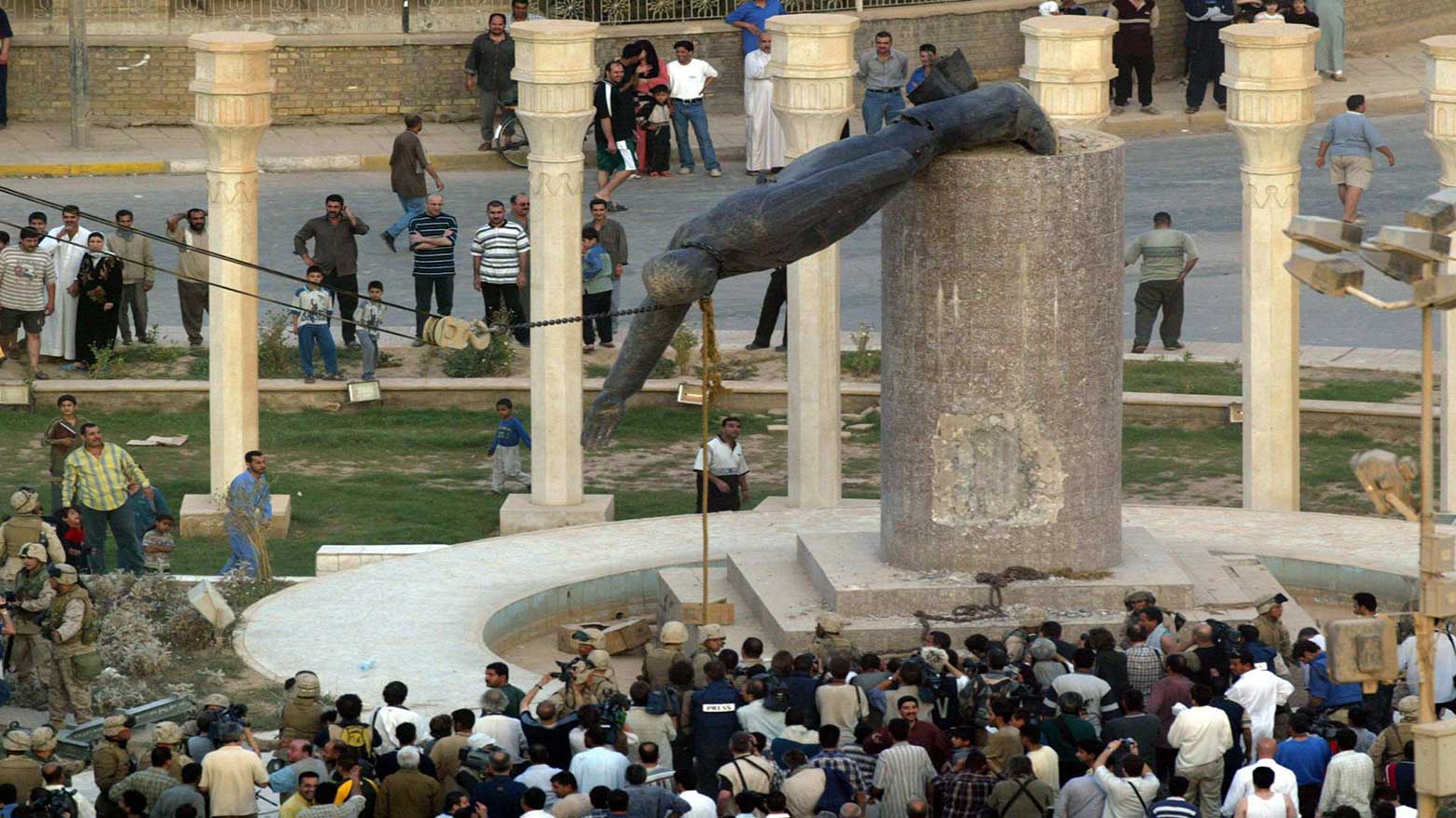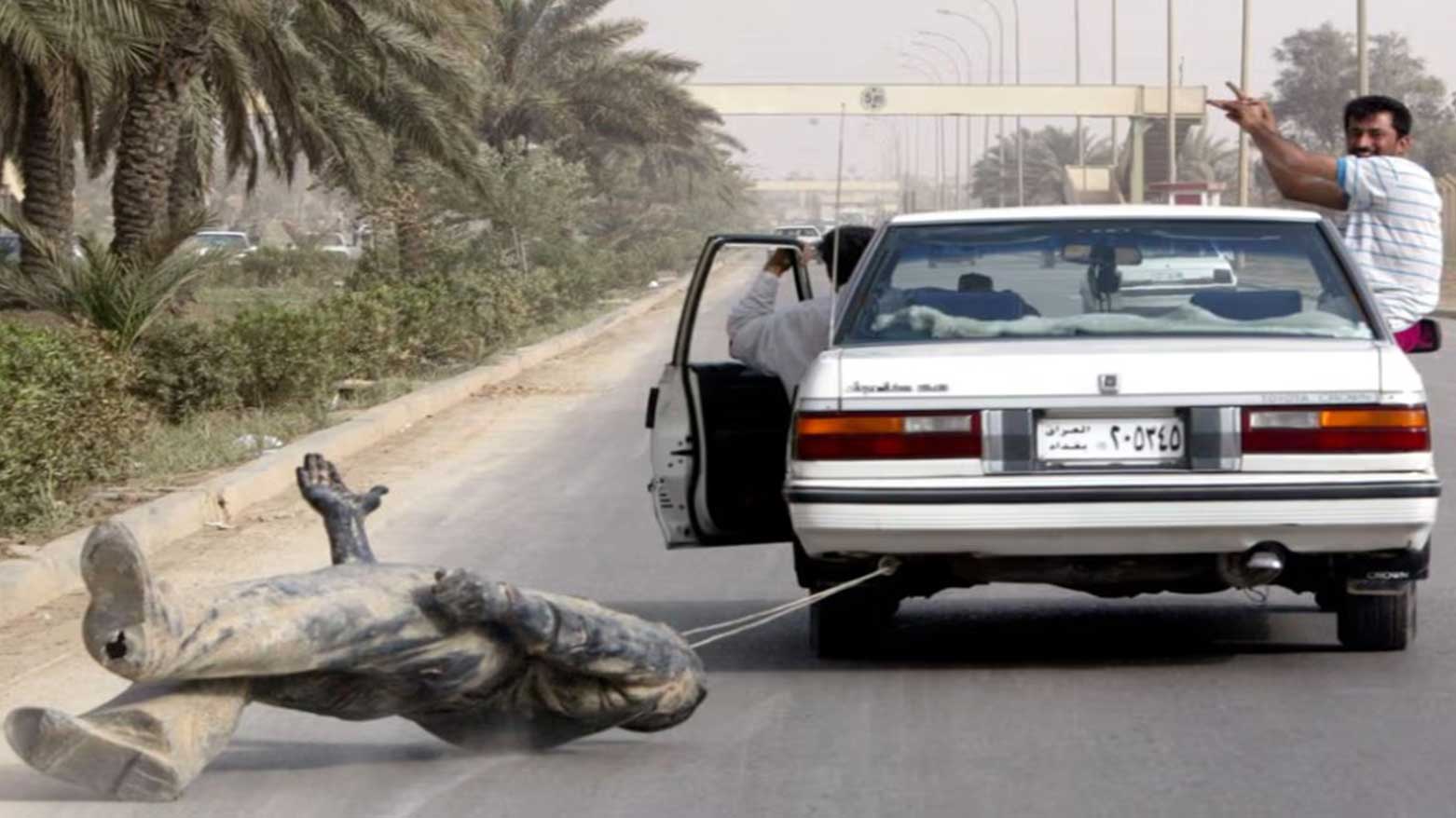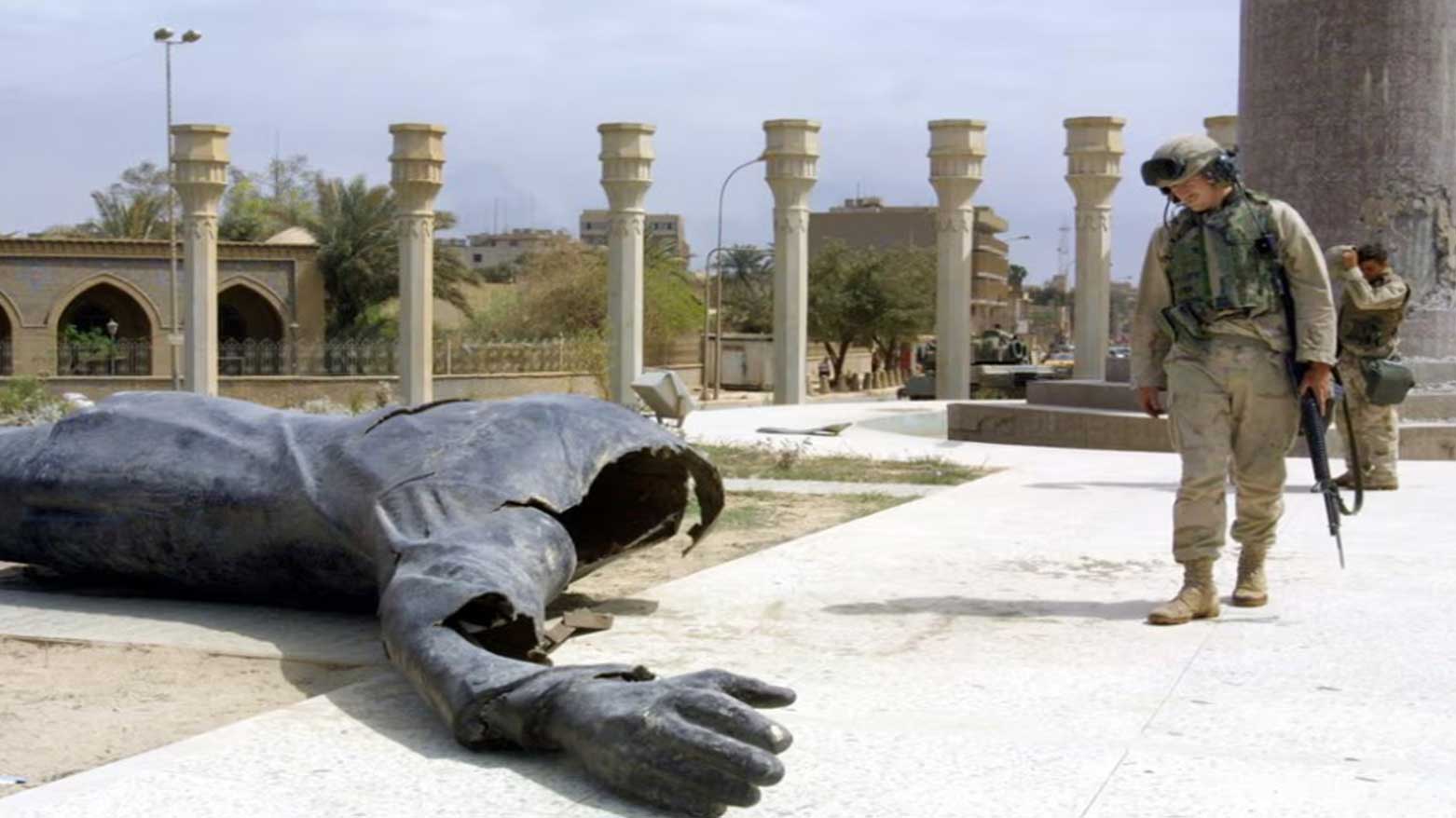April 9: Celebrating 22 Years of Iraq’s Liberation from Saddam Hussein’s Tyranny
The fall of Saddam Hussein’s regime on April 9, 2003, symbolizes the end of an era of unimaginable suffering for the Kurds, who had longed for freedom and self-determination.

ERBIL (Kurdistan24) — On April 9, 2025, Iraq commemorates the 22nd anniversary of the fall of Saddam Hussein’s brutal dictatorship, a date that marks the end of decades of oppression, suffering, and genocide for millions of Iraqis. This day is celebrated not only by Iraqis across the country but especially by the Kurds, who endured some of the most horrific atrocities under Saddam Hussein’s regime.
A Day of Liberation for the Kurds
For the Kurdish people, April 9 represents a monumental turning point in their long struggle for freedom and dignity. Under Saddam Hussein’s rule, the Kurds were subjected to an unimaginable campaign of genocide, mass killings, and forced displacement. One of the most tragic episodes of this oppression was the infamous Anfal campaigns of the late 1980s, where an estimated 182,000 Kurdish men, women, and children were systematically executed, and entire Kurdish villages were destroyed.
Saddam’s regime employed chemical weapons against Kurdish civilians, most notably in the town of Halabja in 1988, where over 5,000 innocent men, women, and children were killed in a single day. This attack, using mustard gas and nerve agents, became one of the most grotesque examples of Saddam’s regime’s disregard for human life.
In addition to these horrific acts of violence, the Kurdish people lived under a constant state of fear, suffering from economic marginalization, cultural repression, and denial of basic rights. For decades, the Kurds in Iraq were treated as second-class citizens, with no voice in the government or any control over their own future.
Thus, the fall of Saddam Hussein’s regime on April 9, 2003, symbolizes the end of an era of unimaginable suffering for the Kurds, who had longed for freedom and self-determination. The removal of Saddam’s brutal rule is a source of deep pride and joy for the Kurdish people, who, since the regime's collapse, have worked to rebuild their lives in the Kurdistan Region with the hope of a better and more prosperous future.

A Global Coalition to Topple a Tyrant
The United States, leading a broad international coalition, played a crucial role in toppling Saddam Hussein’s regime. This coalition included forces from the United Kingdom, Australia, Poland, and several other nations, all united by the belief that Saddam posed an intolerable threat to global peace and security.
Saddam Hussein’s history of aggression and human rights abuses stretched far beyond Iraq’s borders. In 1990, he invaded Kuwait, an act of aggression that prompted international outrage. His forces set Kuwait’s oil fields ablaze, and the invasion was widely regarded as a direct threat to the stability of the Middle East and global oil supplies. The United Nations responded with a military intervention in what became known as the Gulf War, but Saddam’s defiance of the international community continued. His brutal repression of internal opposition, especially the Kurds and Shiite Muslims, demonstrated that Saddam was not only a regional menace but a destabilizing force on the global stage.
In 2003, under the leadership of President George W. Bush, the United States launched Operation Iraqi Freedom, aimed at dismantling Saddam’s regime. The operation was justified by the regime’s non-compliance with UN Security Council resolutions and its suspected possession of weapons of mass destruction (WMDs). Although no WMDs were found, the coalition's intervention ultimately led to the capture of Saddam Hussein and the end of his brutal rule.
There is no question that the fall of Saddam Hussein’s regime liberated millions of Iraqis who had long suffered under one of the world’s most notorious dictatorships. For the Kurds and other oppressed groups, this was the beginning of a new era of freedom and opportunity.

A National Holiday for Iraq and Kurdistan
April 9 is now celebrated as a national holiday in both Iraq and the Kurdistan Region, marking the end of Saddam Hussein’s tyranny and the beginning of a new chapter in Iraq’s history. It is a day of remembrance for the countless victims of Saddam’s regime, particularly the Kurds, who were the most persecuted under his rule.
For Iraqis, this day symbolizes the opportunity for peace, democracy, and rebuilding. It serves as a reminder of the sacrifices made to bring about the fall of the regime and the ongoing challenges faced by the country in its quest for stability and prosperity.
In the Kurdistan Region, April 9 holds special significance as it marks not only the liberation of the Kurdish people from Saddam’s oppression but also their emergence as a vital political entity. Since the fall of Saddam Hussein, the Kurdish people have gained autonomy in the Kurdistan Region, established a thriving economy, and become key players in Iraq’s political landscape.
On this day, the people of the Kurdistan Region reflect on the progress made since the fall of Saddam Hussein, while acknowledging the ongoing challenges that remain in building a democratic, peaceful, and prosperous Iraq. The freedom achieved on April 9, 2003, is a hard-earned victory that continues to inspire hope for a better future for all Iraqis.
The 22nd anniversary of the fall of Saddam Hussein’s regime is a reminder of the power of liberation, resilience, and the pursuit of justice. For Iraqis, especially the Kurds, April 9 is not just a date in history—it is a day that represents the triumph of freedom over tyranny, a day to honor the memory of those who suffered, and a day to celebrate the lasting hope for a brighter future for all Iraqis.